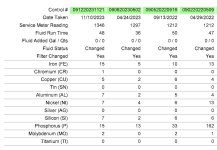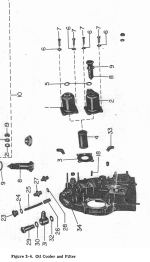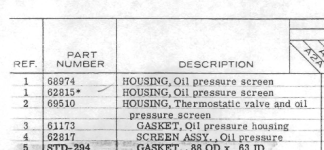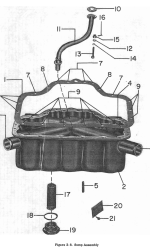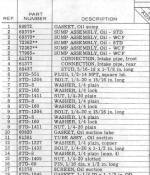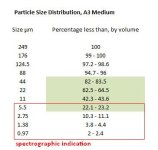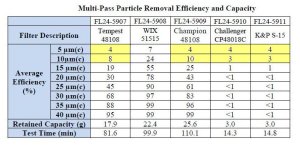ChiefPilot
Well Known Member
So as not to derail the other thread, here's a situation I can't quite resolve.
The reusable oil filters performed much worse on the test than did the traditional aircraft filters, which in turn performed slightly worse than an automotive flavor. That they did so is fact and not in question. No debate there in the test data. Comparing 200 hours of oil analysis from my engine with a Tempest 48110-2 filter to the subsequent 200 hours of oil analysis with a reusable filter, however, shows little change - in fact, it's arguably slightly *better* in a couple of the specific elements (silicon). Obviously the oil analysis does not indicate the size category of the particulates, but I am surprised by the conflict between the two data sets.
My first thought is that my engine is just not in a state where it produces enough junk to matter either way, and/or that operating conditions are such that the difference isn't measurable or are happenstance. The slightly better SI numbers in the oil analysis post filter change could simply be the difference in operating conditions, possibly. I'm due for an oil change and am thinking about swapping in a KN HP1002 for 50 hours to see what (if any) effect that has. If my above hypothesis is not wrong, there would be little change in the subsequent oil analysis.
There are other possibilities though. Any and all insights and speculations on why this is are welcome. But save the cheap shots about "dirt don't hurt" or "would you pour some ASTM test dust into your engine" for the other thread please. I'm really interested in being able to understand, explain, and most importantly validate the discrepancy.
The reusable oil filters performed much worse on the test than did the traditional aircraft filters, which in turn performed slightly worse than an automotive flavor. That they did so is fact and not in question. No debate there in the test data. Comparing 200 hours of oil analysis from my engine with a Tempest 48110-2 filter to the subsequent 200 hours of oil analysis with a reusable filter, however, shows little change - in fact, it's arguably slightly *better* in a couple of the specific elements (silicon). Obviously the oil analysis does not indicate the size category of the particulates, but I am surprised by the conflict between the two data sets.
My first thought is that my engine is just not in a state where it produces enough junk to matter either way, and/or that operating conditions are such that the difference isn't measurable or are happenstance. The slightly better SI numbers in the oil analysis post filter change could simply be the difference in operating conditions, possibly. I'm due for an oil change and am thinking about swapping in a KN HP1002 for 50 hours to see what (if any) effect that has. If my above hypothesis is not wrong, there would be little change in the subsequent oil analysis.
There are other possibilities though. Any and all insights and speculations on why this is are welcome. But save the cheap shots about "dirt don't hurt" or "would you pour some ASTM test dust into your engine" for the other thread please. I'm really interested in being able to understand, explain, and most importantly validate the discrepancy.
Last edited:



